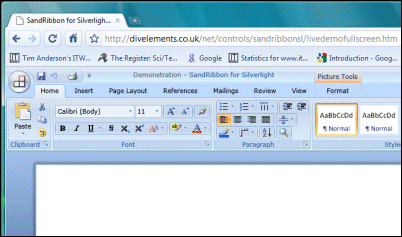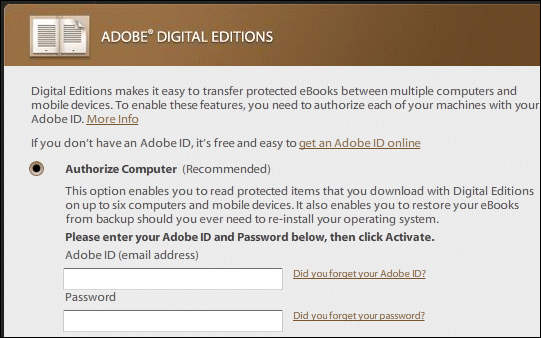Some members of the community around Adobe’s open source Flex SDK are fuming at a decision made by Adobe back in October 2008, to prefix the new skinnable components in the forthcoming “Gumbo” release with Fx. This means you can disambiguate old and new components such as Button without relying on namespaces. On the other hand, what is wrong with namespaces? The issue has provoked a lot of debate, partly on the merits or otherwise of the Fx prefix, and partly on the open source development process itself. The Fx decision was announced rather than discussed. Simeon Bateman, who is now all-but proposing an Fx-less fork of the SDK, says:
Creating an open source project is about openness in planning and development. Not just about giving people the right to do with the code what they will. And this part of the Flex project is a complete failure … The current Flex SDK team has about 20 developers and they are fiendishly working on the code for the next version of Flex, version 4 code named Gumbo. And they are doing all that development in private, behind closed doors with nothing but commit logs for us to know what is happening. This is an open source project and we have no idea what is going coming or what the timelines are for milestones. What the hell are the milestones?
Manish Jethani argues that Fx is a sign of haste and corporate pressure:
Even though Flex is an open source project, it is very much run per corporate interests. In a truly open source project like the Linux kernel, there are no deadlines — it’s ready when it’s ready. That’s how research departments work. But Flex is no research, Flex is business. Why, wouldn’t the ‘Fx’ prefix give Flex Builder yet another advantage over competing IDEs? Think about it.
Ben Clinkinbeard has created a survey to allow Flex developers to express their opinions, though as a commenter notes, it is more of an objection petition than a survey.
Adobe responded with an online open meeting to discuss this and other matters which took place this morning – you can play the recording online. It may have been frustrating for those who felt strongly about it, since after presenting the reasons for the change the presenters deferred further discussion to the online forum. As far as I can tell, the Fx decision is unlikely to change.
Well, there is open source, and there is collaborative development, and they are not the same thing. Adobe retains tight control over Flex for the sake of its commercial interests. It is a reminder that although the Flex SDK is open source it is not a community property in the same way as Apache.
Once crumb of comfort for Adobe is that this kind of intense debate shows the high value of Flex to its developers. It would be far, far worse if nobody cared.
Update: you can vote against the fx prefix or discuss it in Adobe’s bug-tracking system here.







